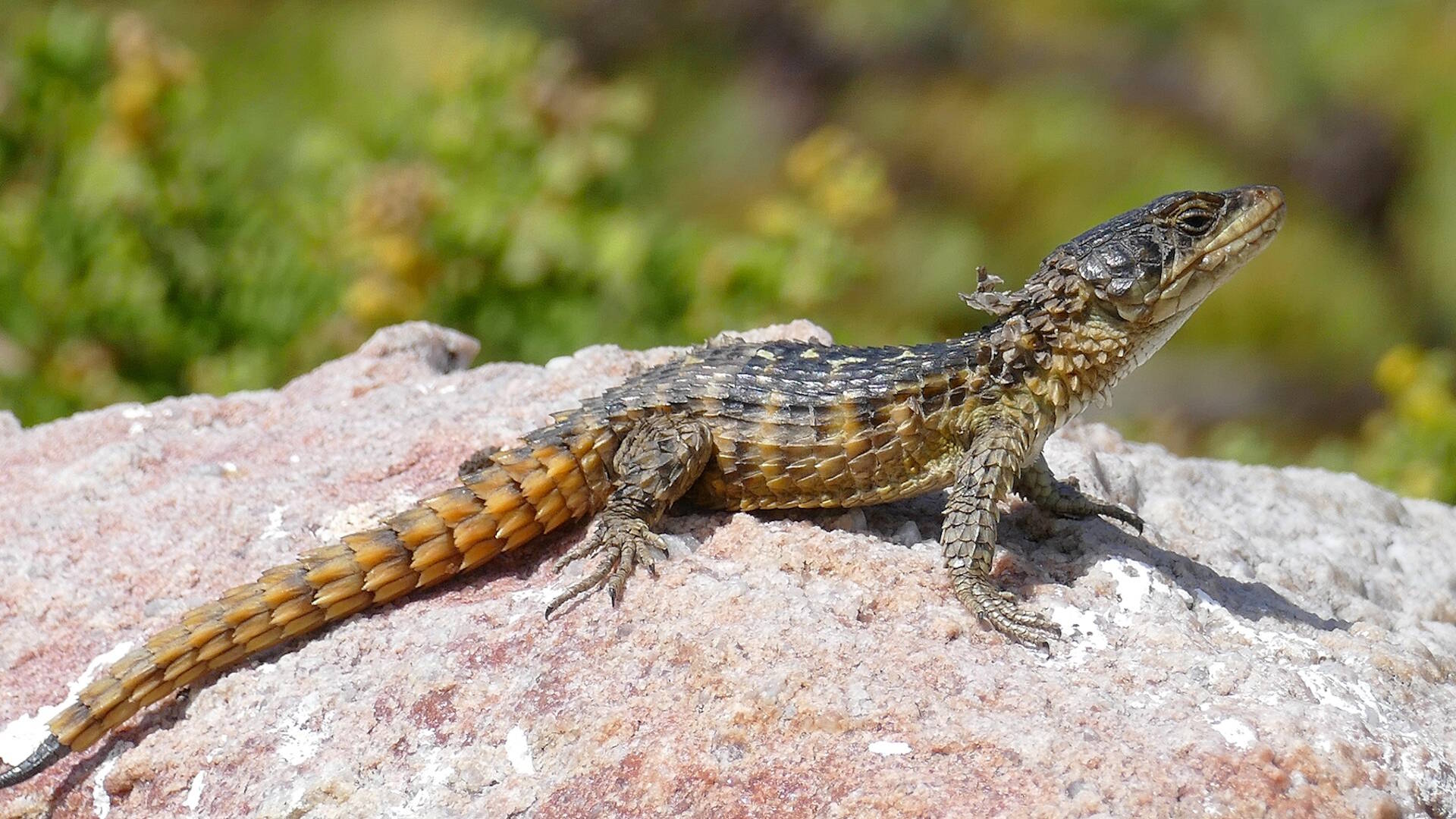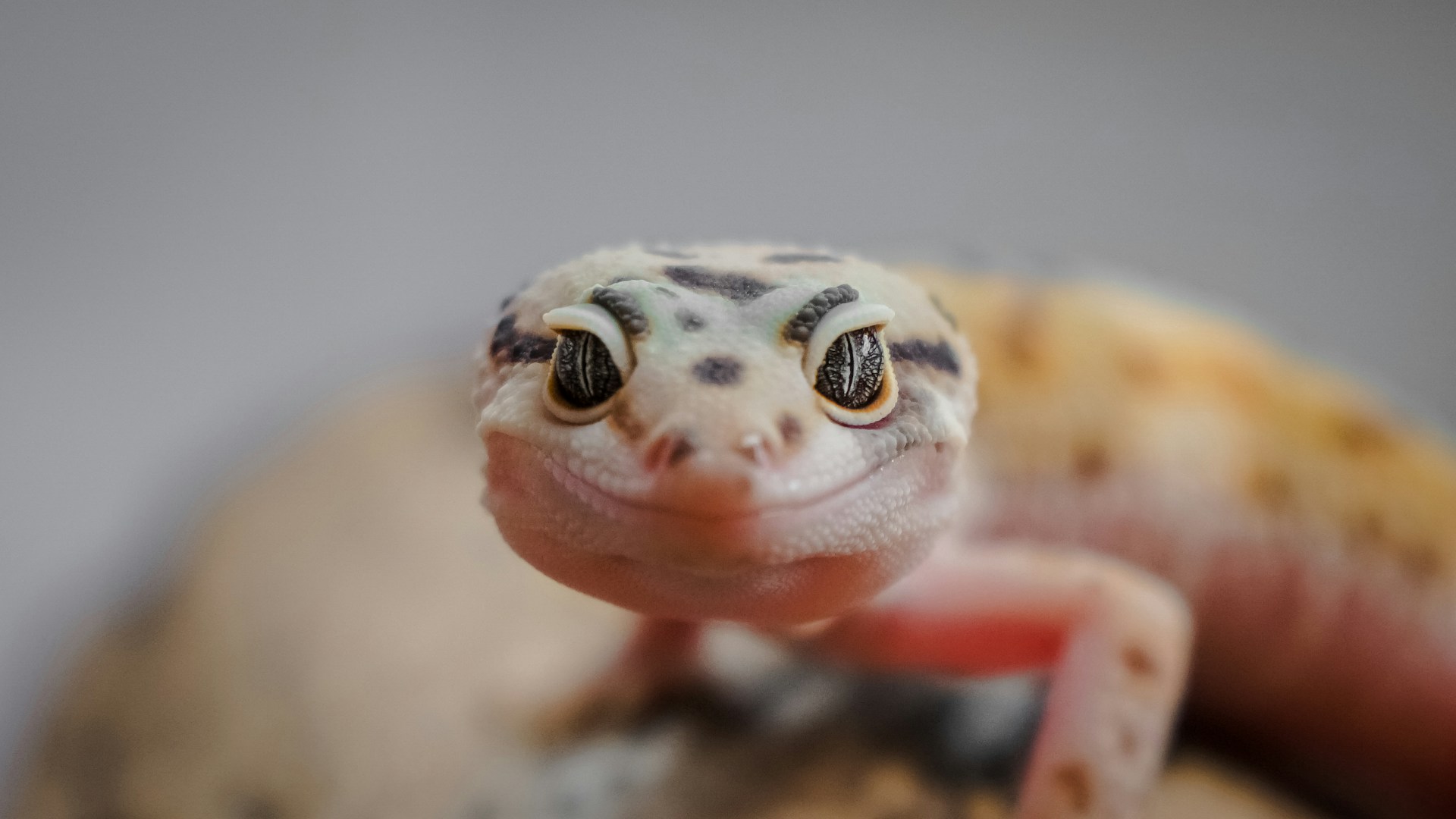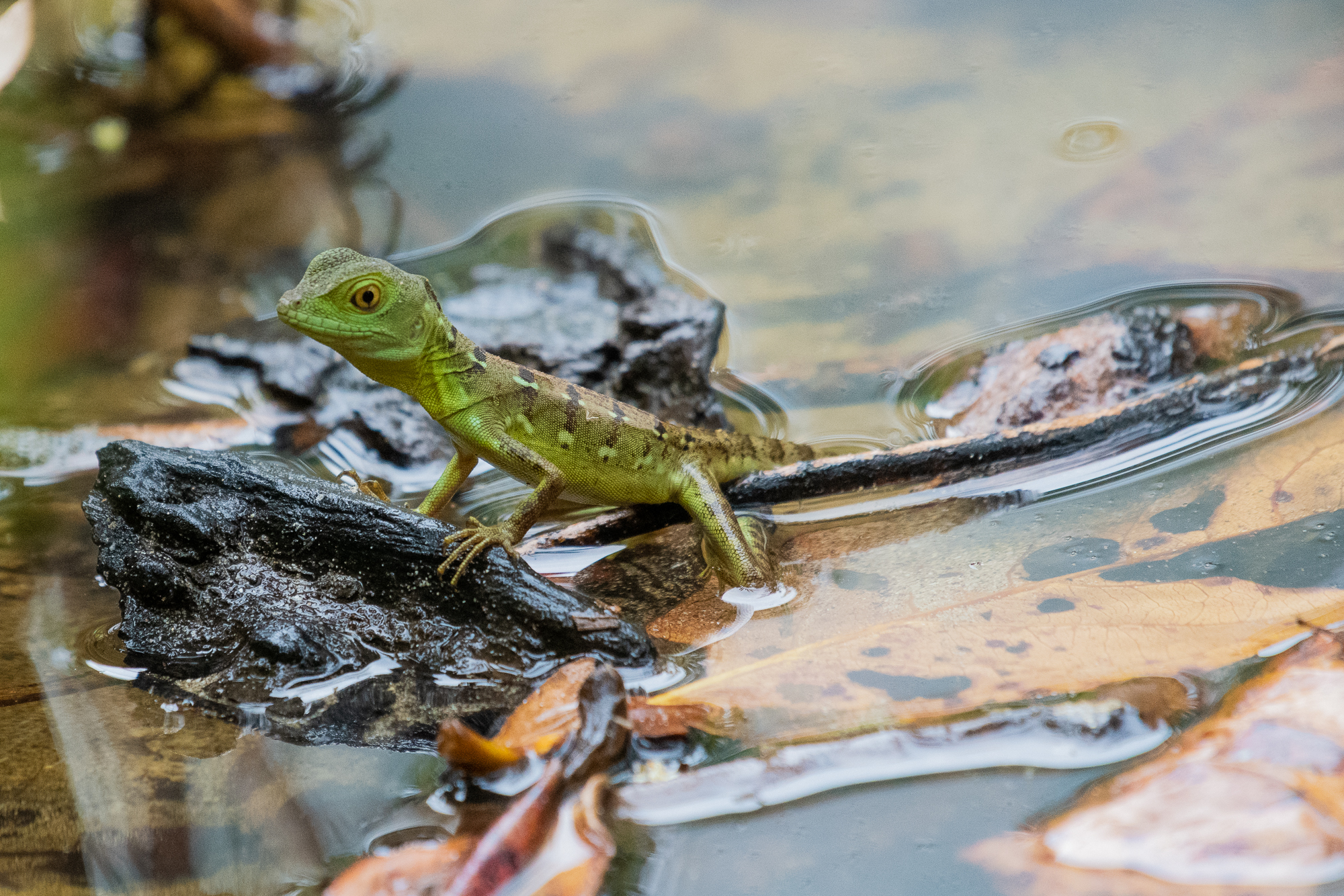Unlike mammals who enter true hibernation, lizards undergo a process called brumation – a specialized form of dormancy that helps them survive harsh weather conditions. This fascinating adaptation allows cold-blooded reptiles to conserve energy when environmental temperatures drop below their functional threshold. While similar to hibernation in mammals, brumation has distinct characteristics uniquely suited to the reptilian physiology. Let’s explore the science behind this remarkable survival strategy and discover how different lizard species prepare for and experience their winter rest.
Understanding Brumation vs. Hibernation

Brumation and hibernation serve similar purposes but function very differently based on the physiological needs of the animals. While hibernating mammals experience drastically reduced heart rates, breathing, and body temperatures, lizards in brumation maintain slightly higher awareness levels and may occasionally move or even drink water. The primary distinction stems from ectothermy—lizards being cold-blooded creatures whose body temperature and metabolism are regulated by external heat sources. Unlike mammals who prepare by building fat reserves to fuel their hibernation, lizards primarily need to avoid freezing temperatures rather than sustain high-energy sleep states. This fundamental difference explains why brumating lizards might become temporarily active during unexpected warm periods in winter, while truly hibernating mammals remain in deep sleep regardless of brief temperature changes.
The Physiological Changes During Brumation

When lizards enter brumation, their bodies undergo several remarkable physiological adaptations to survive the cold period. Their metabolic rate drops significantly, sometimes by as much as 50-80%, which dramatically reduces their energy requirements. Heart rate and respiration slow correspondingly, with some species taking only a few breaths per hour compared to their normal breathing patterns. Blood chemistry changes as well, with some lizard species producing glycerol or glucose-based “antifreeze” compounds that prevent tissue damage at near-freezing temperatures. Their immune systems also undergo adjustment, often becoming less active during brumation, which explains why reptiles with underlying health issues sometimes succumb to disease during or shortly after their brumation period.
Environmental Triggers for Brumation
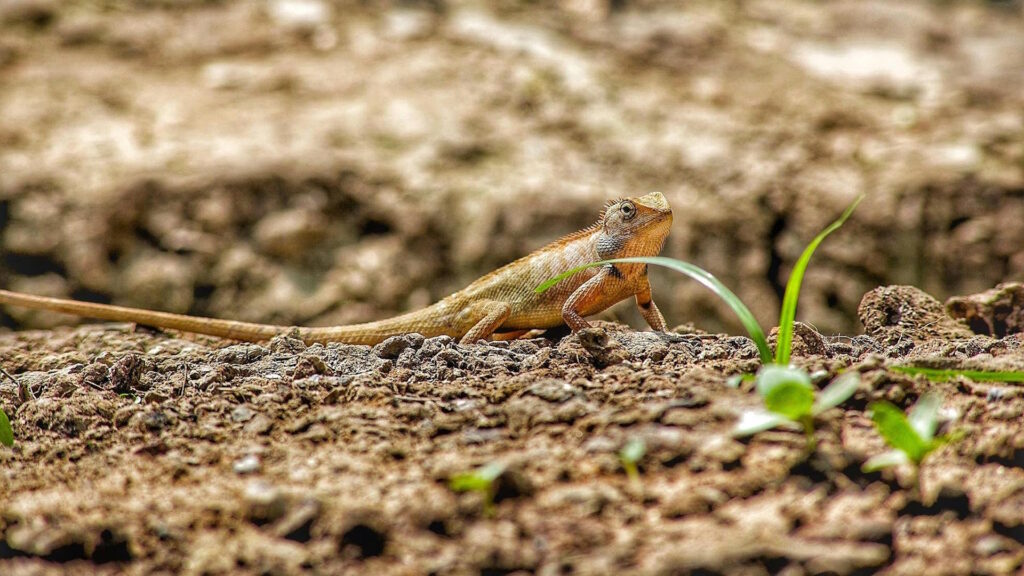
Lizards don’t simply decide to brumate—their bodies respond to specific environmental cues that signal the approaching unfavorable season. The primary trigger is photoperiod—the changing duration of daylight hours as seasons transition from summer to fall. As days grow shorter, lizards’ pineal glands register these changes and begin initiating hormonal responses that prepare them for dormancy. Decreasing ambient temperatures reinforce this biological programming, typically when consistent temperatures fall below species-specific thresholds, often around 60-65°F (15-18°C) for many common species. Atmospheric pressure changes and reduced food availability serve as secondary cues that further prepare lizards for their dormant state. These multiple redundant signals ensure lizards prepare appropriately even if one environmental cue is unusual in a particular year.
Brumation Preparation Behaviors
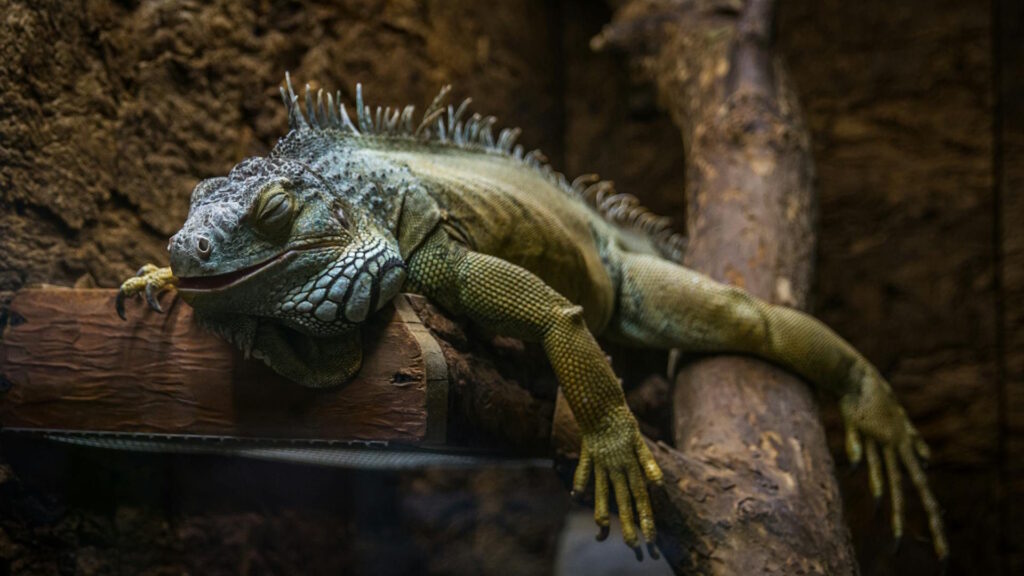
In the weeks preceding brumation, lizards display distinctive behavioral changes as their bodies prepare for the dormant period. Many species reduce or completely stop eating, allowing their digestive systems to empty entirely, as undigested food can rot in their slowed digestive tracts during brumation and cause fatal infections. Drinking often increases to ensure proper hydration before the long period of inactivity. Activity levels generally decrease as the lizard conserves energy, though some species may exhibit brief periods of heightened movement as they search for appropriate brumation sites. Perhaps most notably, lizards often engage in “test runs” of brumation—brief periods of dormancy lasting a few days, followed by normal activity—before fully committing to their seasonal rest. These rehearsals likely help their bodies gradually adjust to the physiological changes required.
Brumation Site Selection

The selection of an appropriate brumation site is critical to a lizard’s winter survival and involves careful consideration of multiple environmental factors. Most species seek locations that maintain stable temperatures above freezing but below their normal activity threshold, such as underground burrows, rock crevices, or tree hollows. Humidity levels are equally important, as most lizards require moderate humidity to prevent dangerous dehydration during their months-long dormancy. Protection from predators constitutes another crucial factor, with many lizards selecting sites with limited access or multiple escape routes. Some species, particularly social lizards like certain skinks and geckos, may brumate communally, sharing body heat to maintain slightly warmer microenvironments and improve survival rates through the challenging season.
Species-Specific Brumation Patterns

Brumation varies dramatically across lizard species, reflecting evolutionary adaptations to their native habitats and climates. Desert-dwelling species like bearded dragons often brumate for shorter periods, sometimes just 2-3 months, and may remain partially active during mild desert winters. Conversely, northern species like the common European lizard (Zootoca vivipara) can brumate for up to seven months in cold regions, entering an extremely deep dormant state. Tropical species, such as many geckos, may not brumate at all in their natural habitats but retain the physiological capacity to do so if temperatures drop unexpectedly. Arboreal species like certain anoles typically brumate in elevated locations like tree hollows, while burrowing species like skinks create elaborate underground chambers that maintain more stable temperatures. These specialized adaptations highlight how evolution has fine-tuned brumation to match each species’ ecological niche.
The Role of Geography and Climate

Geographic location and local climate significantly influence lizard brumation patterns, creating remarkable variations even within the same species. Populations of western fence lizards (Sceloporus occidentalis) in southern California may brumate for only 6-8 weeks, while the same species in Oregon might remain dormant for 4-5 months due to the longer, colder winters. Altitude creates similar effects, with lizards living at higher elevations generally brumating earlier and longer than their lowland counterparts. Climate change is now disrupting these established patterns, with warming winters causing some lizards to enter brumation later and emerge earlier, potentially misaligning their life cycles with food availability and breeding seasons. Researchers are increasingly documenting these shifts as important indicators of ecosystem changes, with some lizard populations showing brumation periods that have shortened by up to three weeks over the past several decades.
Risks and Dangers During Brumation
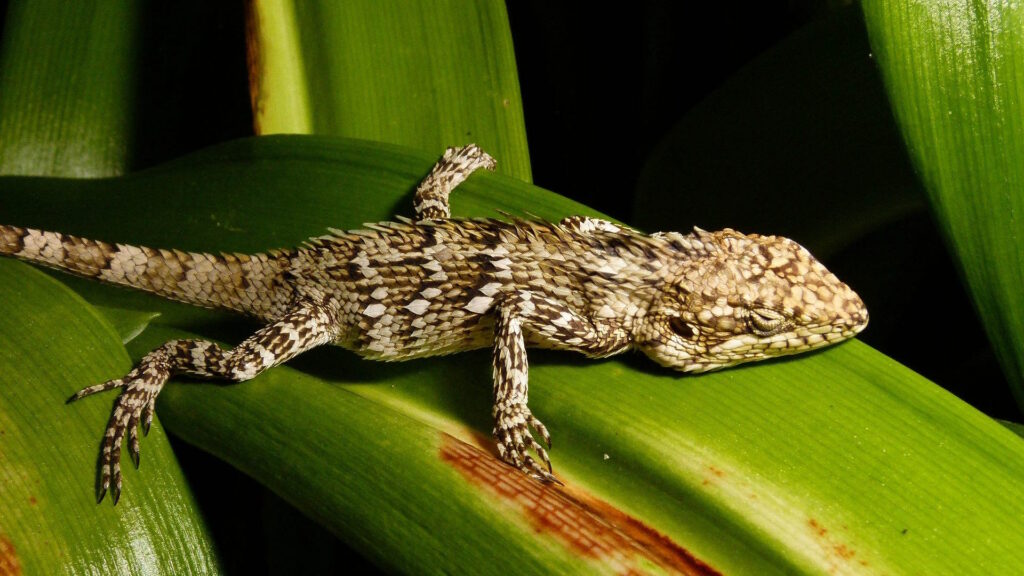
Brumation represents a vulnerable period for lizards, exposing them to several potentially fatal risks. Freezing temperatures pose the most immediate threat, as most species lack the complete freeze-tolerance of certain frogs and turtles, making proper site selection crucial for survival. Dehydration presents another serious danger, particularly in artificially heated environments that can dry out brumation chambers. Predation risk increases during brumation, as the lizards’ reduced mobility and awareness make them easier targets for determined predators like snakes, mammals, and birds that remain active in winter. Perhaps most insidious are bacterial and fungal infections that can proliferate slowly in the lizard’s compromised immune state, explaining why wild populations often experience higher mortality rates during and immediately following brumation periods. Some studies suggest mortality rates during natural brumation can reach 15-30% in certain species and environments.
Brumation in Captive Lizards
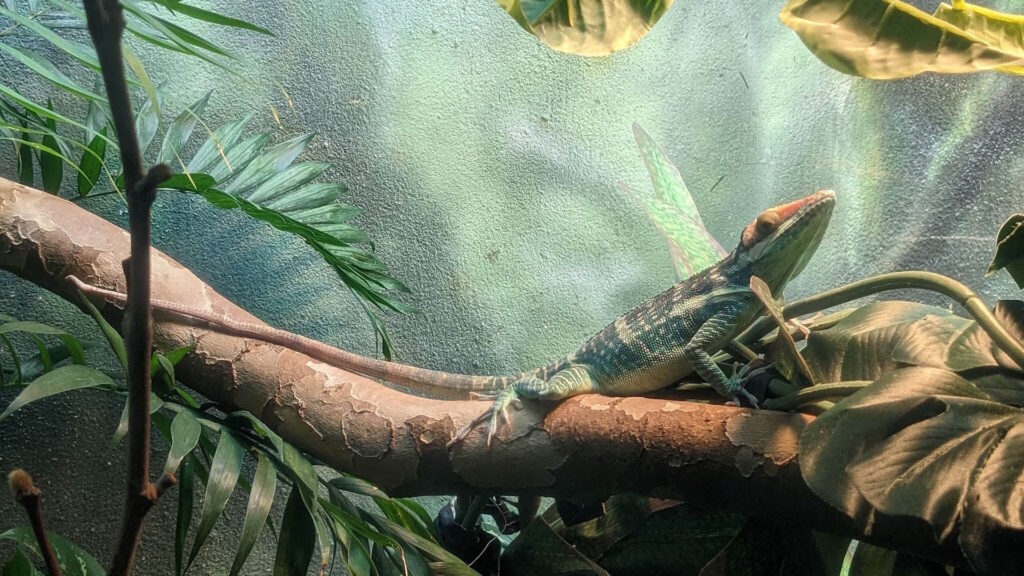
For pet lizards, brumation presents unique considerations that responsible owners must address to ensure their reptilian companions’ health and wellbeing. Many herpetologists recommend allowing captive lizards to brumate naturally, arguing it maintains their natural biological rhythms and may enhance breeding success. This requires careful preparation, including veterinary check-ups to ensure the lizard is healthy enough to withstand brumation stresses. Temperature management becomes critical, with most species requiring cooler but stable temperatures between 50-60°F (10-15°C) depending on the species. Humidity monitoring and occasional water offerings remain essential even during brumation, as dehydration represents one of the greatest risks to captive brumating lizards. Owners should reduce but not eliminate checking on their pets, striking a balance between necessary monitoring and minimizing disturbances that could unnecessarily raise the animal’s metabolism and deplete energy reserves.
The Awakening Process
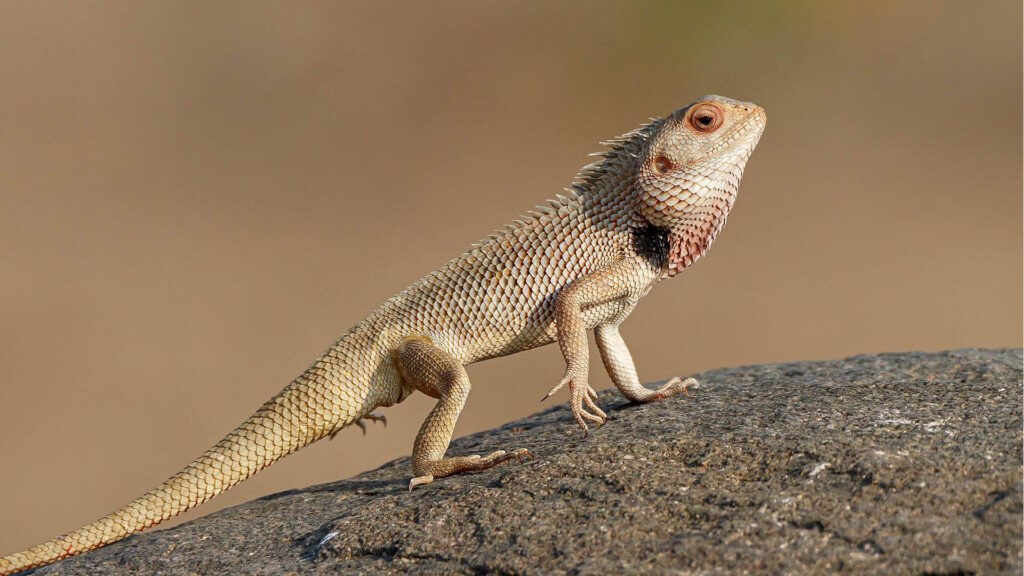
Emerging from brumation is not an instantaneous process but rather a gradual reawakening that follows environmental cues similar to those that triggered dormancy. Increasing day length detected by the pineal gland typically initiates the hormonal changes that begin the awakening process. Rising ambient temperatures reinforce these signals, with most lizards becoming active when temperatures consistently exceed their species-specific thresholds, typically around 65-75°F (18-24°C). Upon emerging, lizards typically undergo a rehydration period, drinking extensively before resuming feeding. Their metabolism gradually increases over several days to weeks, accompanied by behavioral changes including increased basking to raise body temperature and restore normal physiological functions. The transition period requires significant energy, explaining why many lizards appear sluggish or disoriented during the first days after emergence.
Brumation and Reproductive Cycles
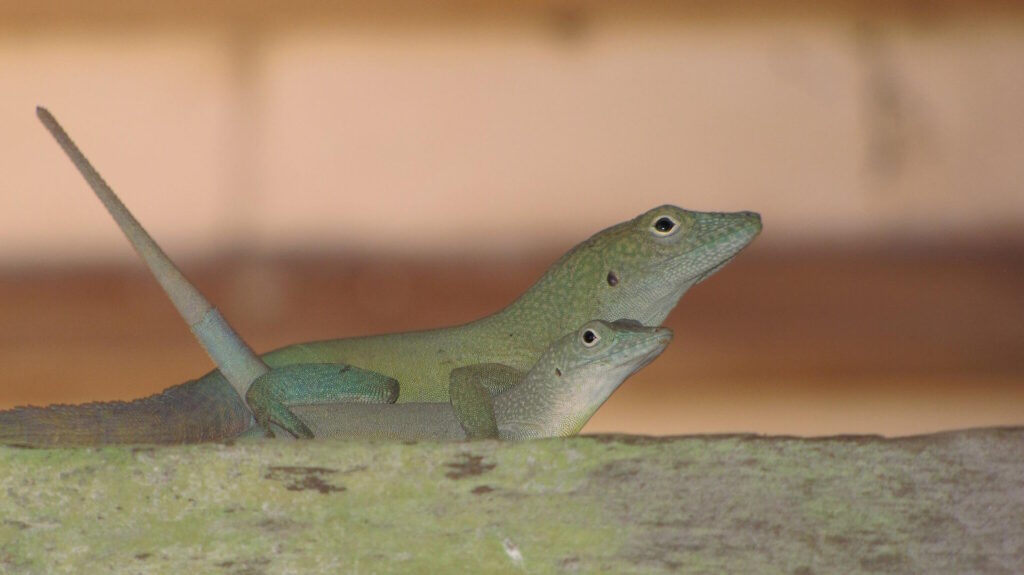
Brumation plays a fascinating and often essential role in lizard reproduction, synchronizing breeding cycles with favorable seasonal conditions. For many species, the hormonal changes that occur during and after brumation directly stimulate reproductive development, with male lizards often producing sperm during late brumation in preparation for immediate breeding upon emergence. Female lizards frequently depend on the temperature fluctuations of brumation to trigger ovulation and egg development, with some species unable to reproduce successfully without this cool dormant period. The synchronized emergence from brumation ensures that breeding occurs within optimal environmental windows when temperatures support embryonic development and food availability is sufficient for hatchlings. This explains why captive breeding programs for many lizard species incorporate artificial brumation cycles to stimulate natural reproductive behaviors that might otherwise fail to occur in constant climate-controlled environments.
Scientific Research and Discoveries

Modern research into lizard brumation has yielded fascinating insights with implications extending beyond herpetology. Studies using advanced imaging techniques have revealed that brain activity doesn’t completely cease during brumation, with certain areas remaining minimally active to monitor environmental conditions. Genetic research has identified specialized “clock genes” that regulate brumation timing, with different expressions across species adapted to various climates. Particularly exciting are discoveries in cellular preservation, as some brumating lizards employ molecular mechanisms that protect cells from oxidative damage during metabolic slowdown, offering potential applications in human medicine for organ preservation and anti-aging research. Perhaps most urgently, climate change studies are documenting how rising temperatures are disrupting traditional brumation patterns, with some lizard populations experiencing up to 30% shorter dormancy periods compared to historical records, potentially threatening their long-term survival by creating mismatches between their life cycles and environmental conditions.
Evolutionary Significance of Brumation
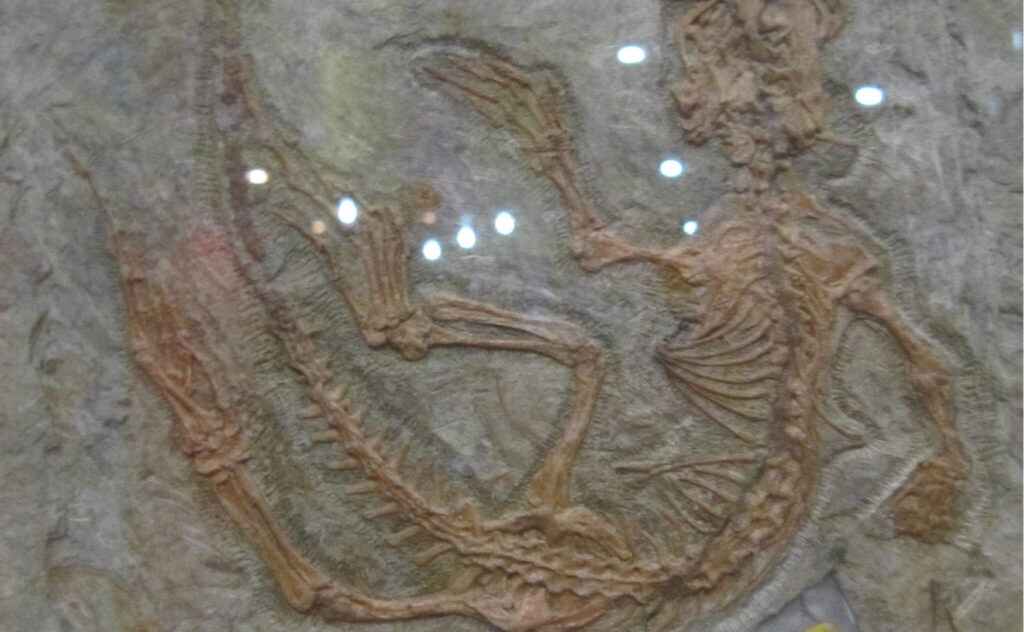
Brumation represents an evolutionary masterpiece, developing over millions of years as reptiles adapted to seasonal environments while maintaining their ectothermic physiology. Paleontological evidence suggests that brumation behaviors likely existed in dinosaur species, many of which were also ectothermic and faced similar seasonal challenges. The ability to enter dormancy rather than maintain costly warm-blooded metabolism allowed reptiles to conserve energy through resource-scarce periods, becoming an evolutionary advantage that contributed to their survival through multiple extinction events. Intriguingly, brumation may have played a role in the survival of certain reptile lineages through the Cretaceous-Paleogene extinction event that eliminated non-avian dinosaurs, as smaller brumating reptiles could have endured the extended period of reduced sunlight and cooling by remaining dormant. This adaptive flexibility continues to serve modern reptiles, allowing them to thrive in environments with seasonal variations too extreme for continuous activity.
Conclusion
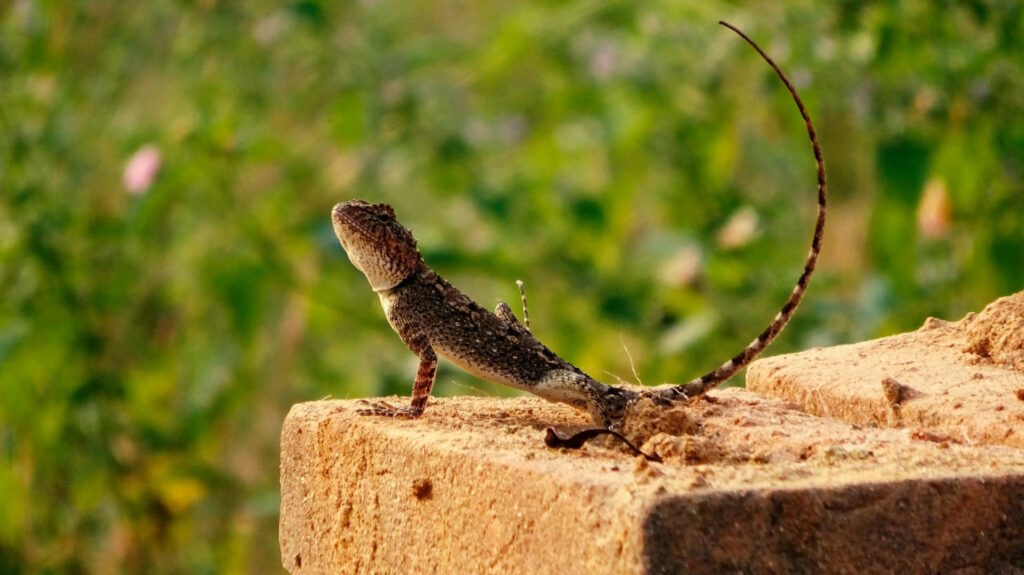
Brumation exemplifies the remarkable adaptability of reptiles, showcasing how lizards have evolved sophisticated physiological and behavioral solutions to seasonal challenges. Unlike the true hibernation of mammals, brumation represents a specialized adaptation perfectly suited to the unique needs of ectothermic creatures. As climate change alters traditional seasonal patterns, understanding the science behind lizard dormancy becomes increasingly important for conservation efforts and maintaining healthy captive populations. Whether in the wild or in captivity, this fascinating process continues to demonstrate nature’s ingenuity in developing survival strategies tailored to the specific requirements of different animal groups.

